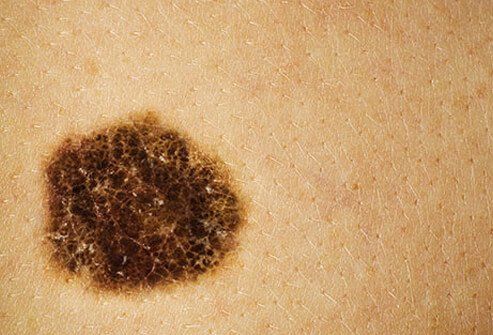Introduction
Seborrheic keratosis is a common non-cancerous skin growth. While harmless, their appearance can be bothersome for some. Seborrheic keratoses (SKs) usually appear as brown, black or light tan growths on the face, chest, shoulders or back. They have a characteristic waxy, "stuck-on" appearance.

This article will explore the causes, risk factors and treatment options for seborrheic keratosis, empowering you with knowledge to make informed decisions about your skin health.
What Causes Seborrheic Keratosis?
The exact cause of seborrheic keratosis is unknown. However, there are some factors that seem to play a role:
- Genetics: A family history of seborrheic keratosis increases your chances of developing these growths.
- Age: SKs are more common in older adults, rarely appearing before the age of 40.
- Sun Exposure: While not definitively linked, some studies suggest a connection between sun exposure and the development of SKs.
Is Seborrheic Keratosis Dangerous?
Seborrheic keratosis is benign and not contagious. They are not a form of skin cancer and pose no health risks. However, some people find them cosmetically displeasing. In rare cases, SKs can become irritated or inflamed, prompting the need for removal.
Treatment Options for Seborrheic Keratosis
While treatment is generally not necessary, there are options available for those who wish to remove seborrheic keratosis for cosmetic reasons or due to irritation. These include:
- Cryotherapy: Freezing the growths with liquid nitrogen.
- Curettage: Scraping off the growths with a specialized instrument.
- Electrocautery: Burning off the growths with an electric current.
- Laser Therapy: Using a laser to destroy the growths.
It's important to note that these procedures may leave a slight scar or change in skin pigmentation. Discussing the risks and benefits of each treatment option with a dermatologist is crucial.





